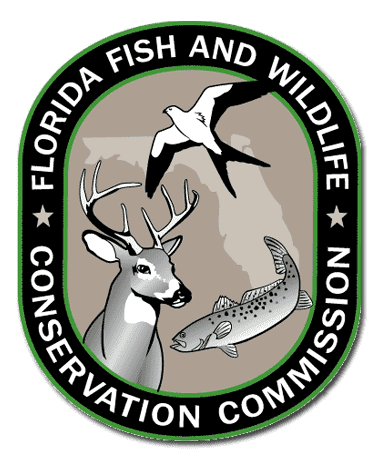Hatchery-released Florida Largemouth Bass Faring Well in Blue Cypress Lake

Blue Cypress Lake is a freshwater angler’s paradise overflowing with natural beauty. Cypress trees line its shoreline, and a beneficial mix of native aquatic grasses, lilies and floating plants provide perfect conditions for largemouth bass, crappie, bluegill and redear sunfish.
This 6,500-acre gem tucked away in Indian River County averages 7.5 feet deep and is part of the vast headwaters of the upper St. Johns River. It is also the site of a special study about largemouth bass survivability.
In the spring of 2008, the Florida Fish and Wildlife Conservation Commission (FWC) released nearly 84,000 pure-strain Florida largemouth bass that were spawned and raised to a size of 3 inches at the FWC’s Florida Bass Conservation Center in Sumter County. Fisheries biologists released them as part of an earlier study to evaluate two different release methods designed to improve survival rates of hatchery-reared fish.
The genetic makeup of this group of largemouth bass distinguishes them from their wild counterparts, and all it takes to tell the two apart after stocking is a small piece of tissue. In this case, biologists can clip a small amount of fin from fish caught during sampling, analyze the tissue in the lab and, based on its genetic code, determine whether each individual fish is a hatchery bass or a wild bass.
This technique is called genetic marking, and it is a very powerful fish-management tool. Using genetic marking, fisheries managers can follow marked fish populations and assess how well these fish perform or survive along the way without having to physically mark or tag each individual fish before stocking them. This genetic technique analyzes all possible genetic combinations from a set of known parental broodfish to determine if a sampled fish is one of their offspring.
During each of the four years since releasing the fingerling bass, FWC biologists have sampled the lake’s largemouth bass population and collected some pretty interesting and positive information about how this group of hatchery-reared fish has fared in the real world.
In short, the fish have survived fairly well. Results to date clearly show that a healthy number of the genetically identified hatchery bass have survived in Blue Cypress Lake. In fact, these “marked” bass have continued to grow to sizes large enough for anglers to target.
Each spring and fall, FWC fisheries biologists collect samples of the lake’s fish population by electrofishing random areas in the lake to monitor health and species diversity. This is called “long-term monitoring.” The fish that are captured during the monitoring are weighed and measured to give biologists an idea of how things like the range of sizes, catch rates and number of different fish species change through time.
For example, during the second-year sampling using electrofishing, biologists caught 313 largemouth bass that ranged in size from 4 to 23 inches in length. From this group of fish they selected 137 bass ranging in size from 7 to 22 inches long. This is the size they anticipated 2-year-old bass would be. They clipped off a small piece of one fin for genetic analysis. The results showed that two years after stocking, 21.2 percent of the sampled bass in this group (roughly 1 in 5) were actually hatchery bass that were released in 2008. These marked hatchery bass showed good growth, increasing in size from the initial 3 inches to between 11 and 18 inches in length, with the average length being just under 15 inches.
The value of the long-term monitoring data, in addition to providing data on hatchery bass, also provides information on the native bass population and fish community. Analysis of the most recent data (spring 2012) shows that largemouth bass up to 23 inches in total length were sampled and the largest recaptured hatchery bass was in the 20-inch group.
Data collected from the Blue Cypress Lake experiment is providing significant information on how well hatchery bass can perform long-term in lakes where an existing small population of natural bass already occurs. While biologists cannot determine actual survival rates of the original stocked hatchery bass or whether these fish added to the overall population, this study demonstrates that stocking Florida largemouth bass in natural lakes can play an important role in future fisheries management programs in Florida.
For more information about the largemouth bass stocking program in Blue Cypress Lake, please contact Rick Stout at 352-732-1225, ext. 1001.

